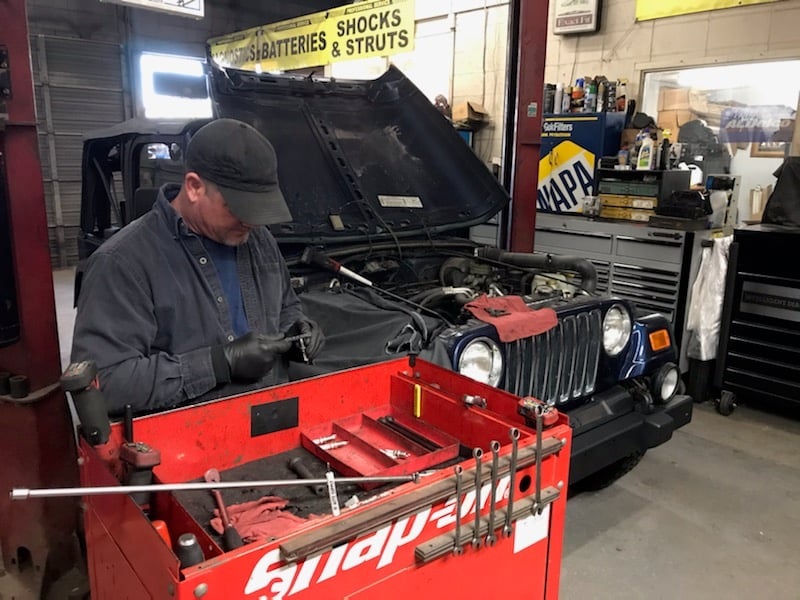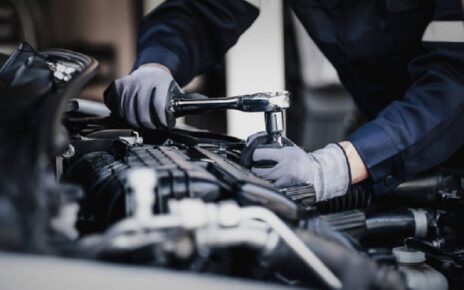A smooth-flowing exhaust system is crucial for optimal vehicle performance. It efficiently removes combustion gases from the engine, allowing fresh air and fuel to enter. However, a clogged exhaust pipe can significantly impede this process, leading to various performance problems. Understanding the symptoms and consequences of a clogged exhaust is vital for maintaining your vehicle’s health.
Symptoms of a Clogged Exhaust Pipe
Several telltale signs can indicate a clogged exhaust pipe. One of the most noticeable is a decrease in engine power and acceleration. The engine may struggle to rev up, and the vehicle may feel sluggish, especially when climbing hills or carrying heavy loads. Fuel economy can also suffer as the engine works harder to overcome the restriction in the exhaust system. An unusual rattling or hissing sound coming from underneath the vehicle could indicate a loose or damaged exhaust component contributing to the blockage. In some cases, you may even notice a burning smell, which could be due to exhaust gases leaking into the cabin. This is why you should choose the services from Auto Repair in Augusta, GA based shops now.
Consequences of Restricted Airflow
A clogged exhaust pipe has far-reaching consequences for your vehicle. Backpressure increases within the exhaust system, forcing the engine to work harder to expel exhaust gases. This added strain can lead to overheating, potentially causing damage to engine components such as pistons, valves, and cylinder heads. A clogged exhaust can also negatively impact the catalytic converter, a vital component for reducing harmful emissions. Over time, the converter can become damaged or clogged itself, leading to costly repairs and potential failure to meet emissions standards.
Diagnosing a Clogged Exhaust
If you suspect a clogged exhaust, several diagnostic steps can pinpoint the problem. A visual inspection of the exhaust system can reveal obvious damage such as crushed pipes, rusted areas, or loose connections. An exhaust backpressure test can measure the amount of backpressure in the system, providing a quantifiable indication of a blockage. Using an OBD-II scanner can retrieve diagnostic trouble codes related to the exhaust system, helping to identify the specific cause of the problem. In some cases, a mechanic may need to use a borescope to inspect the inside of the exhaust pipe for obstructions, such as carbon buildup or debris.
Addressing a Clogged Exhaust
The appropriate solution to a clogged exhaust depends on the cause and severity of the blockage. In some cases, minor obstructions like loose debris can be removed. However, severe clogging due to rust, corrosion, or a damaged catalytic converter may require component replacement. It’s best to consult a qualified mechanic for a thorough diagnosis and repair. Regularly inspecting and maintaining your exhaust system can help prevent clogs and ensure optimal vehicle performance. This includes checking for leaks, rust, and damage, as well as addressing any issues promptly. By taking proactive measures, you can keep your exhaust system flowing freely, maximizing fuel efficiency and minimizing the risk of costly repairs.





